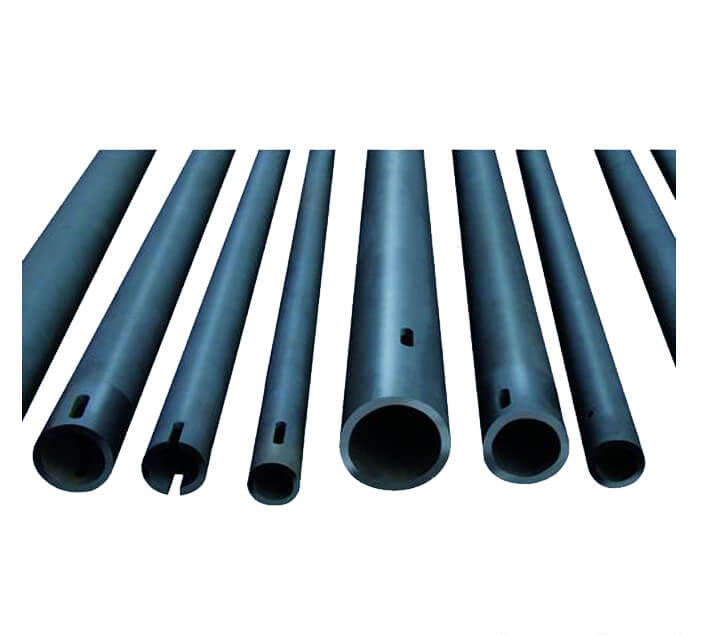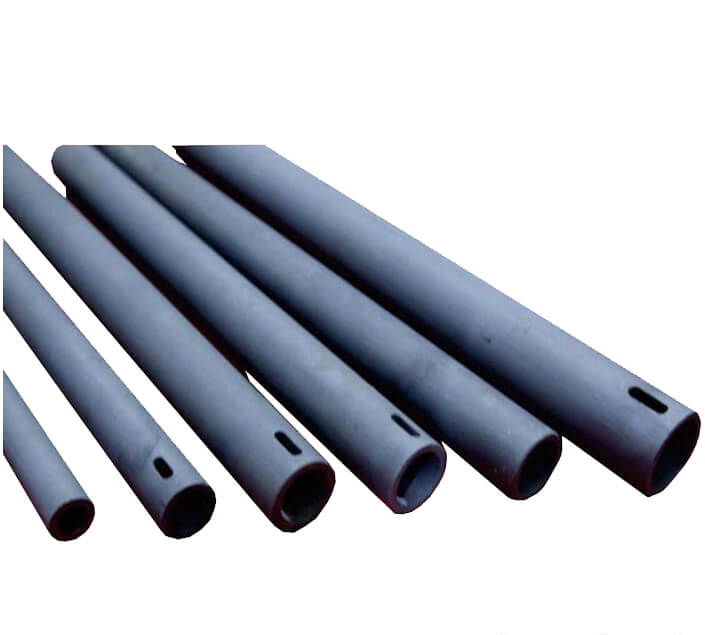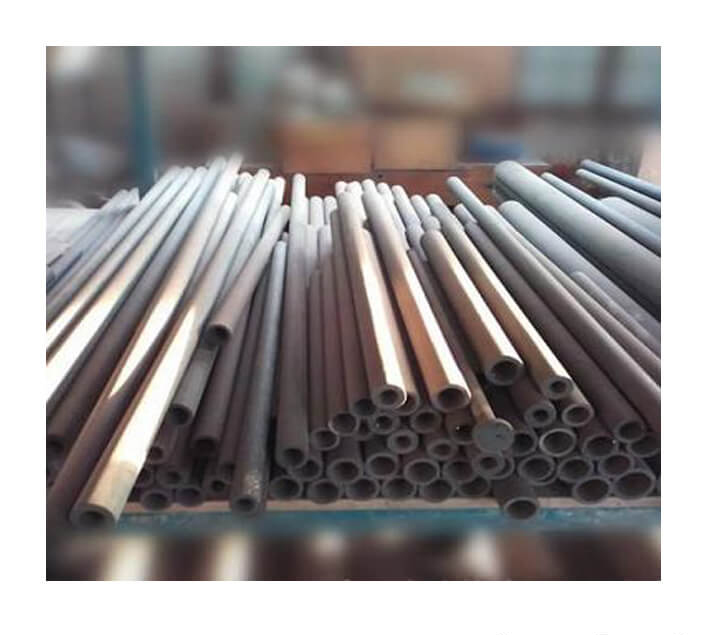Introduction silicon carbide SIC Ceramic Furnace Rollers
In the production process of ceramic furnace roller, molding process is one of the key parts. At present, ceramic roller production mainly uses three molding methods: grouting, isostatic pressing and extrusion molding.
In grouting process, the ceramic powder is formulated into a fluid slurry, and then injected into a porous mold. Moisture is absorbed into the mold to form a uniform layer of mud with a certain thickness. At the same time, a certain strength is formed in the dehydration process. Physically grouting has high requirements on mud performance, and grouting requires a huge production site, resulting in poor product density, high labor intensity, and low production efficiency. Currently the application is small and has been replaced by plastic extrusion.
Characteristics SIC Ceramic Furnace Rollers
Isostatic pressing, also known as hydrostatic pressure molding, is a molding method that utilizes the incompressibility of a liquid medium and the uniform transmission of pressure. In the process, the material will be firstly formed into a tubular shape on a roller blank forming mold, and then a layer of skin jacket is sheathed on the surface of the blank and placed in a hydraulic press. Pressure is transmitted to the bladder through the liquid, and then the pressure is removed from the hydraulic press, and the blank can be sent for kiln firing. The water content of the isostatic pressing roller blank is about 1%, and the forming pressure can be between 80-150 MPa, depending on the blank composition and the diameter and length of the roller blank. The advantage of isostatic pressing is that there is no dry and deform of the blanks, and the strength of the blank is large. The disadvantage is that the equipment investment is large and the production process is complicated.
Plastic extrusion molding is the use of peat has a plasticity characteristics, after a certain process processing mud made of a certain shape of the body. The process of this method is as follows: the billet is ball-milled, sifted, dehydrated into mudcake by high-pressure mud pump and high-pressure filter press, or evenly blanked by pretreated raw material and water mixing station. The vacuum mud mixer mixes the ingredients and moisture of the blank even more and degassing. There are two types of plastic forming machines, one is a piston type hydraulic extruder, and the other type is a vacuum spiral extrusion molding machine.
Technical Data Sheet of Ceramic Furnace Rollers
| Item | Unit | Data |
| Max Working temperature | ℃ | 1380 |
| Density | g/cm³ | ≥3.02 |
| Porosity | % | <0.1% |
| Bending Strength | Mpa | 250(20℃) |
| Mpa | 280(1200℃) | |
| Modulus of elasticity | Gpa | 330(20℃) |
| Gpa | 300(1200℃) | |
| Thermal conductivity | W/m.k | 45(1200℃) |
| Coefficient of thermal expansion | K-1×10-6 | 4.5 |
| Rigidity | 13 | |
| Acid alkaline-proof | Excellent |
Related Products:
This post is also available in: Arabic French German Indonesian Italian Japanese Korean Portuguese (Portugal) Russian Spanish















